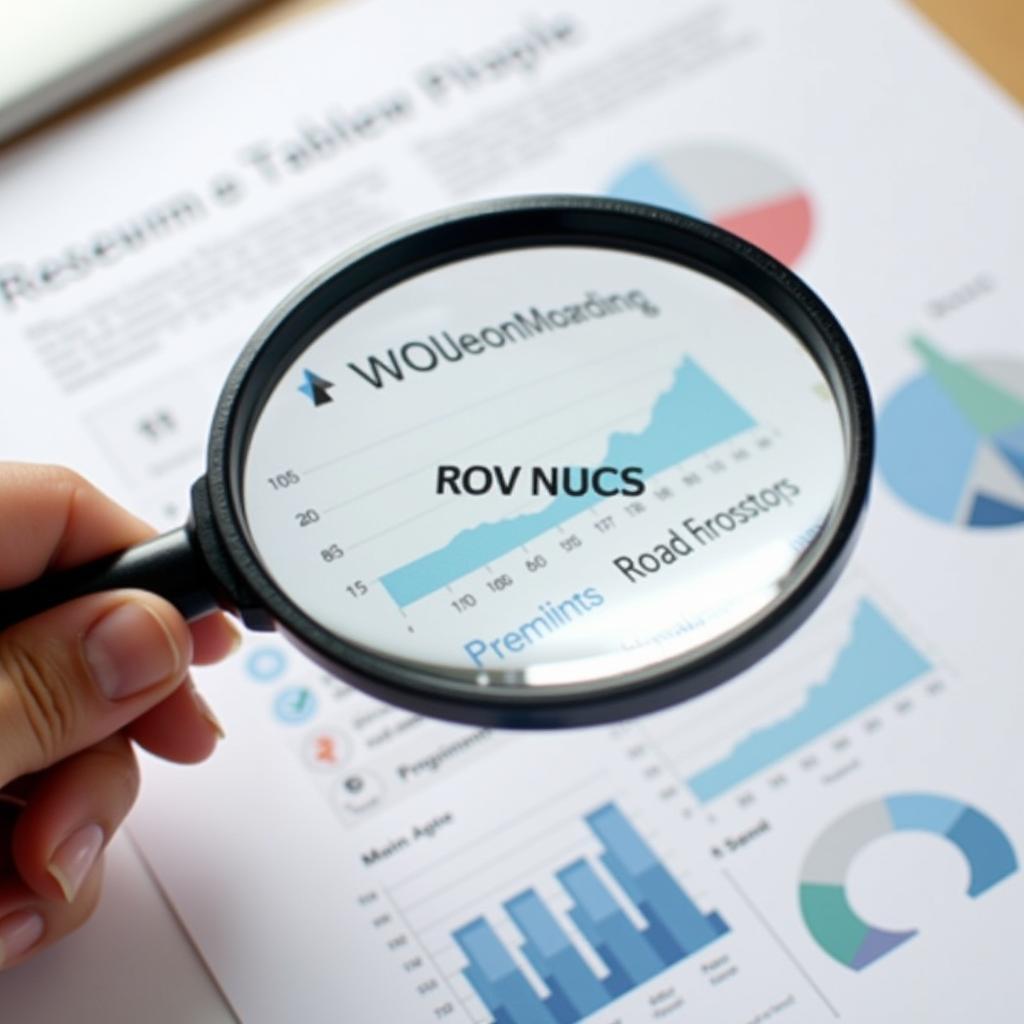When delving into the world of research, particularly in a field as fascinating as paranormal investigation, it’s crucial to discern the strengths of a study. The robustness of a research study significantly impacts its credibility and the validity of its findings. Identifying these strengths can be a bit like spotting a ghost in a blurry photograph – it requires a keen eye and understanding of the elements at play.
 Evaluating research study reliability
Evaluating research study reliability
Key Indicators of a Strong Research Study
Several factors contribute to the strength of a research study. Let’s unravel these elements:
1. Clearly Defined Research Question
A strong research study begins with a clear and concise research question. This question should be specific, measurable, achievable, relevant, and time-bound (SMART).
2. Appropriate Research Design
The research design serves as the study’s blueprint, outlining how the research question will be answered. A strong study employs a design that aligns with the research question and minimizes bias. This could involve experimental designs, embedded design mixed methods research, surveys, or case studies, each suited for different types of investigations.
 Various research approaches and methodologies
Various research approaches and methodologies
3. Rigorous Data Collection Methods
The strength of a study hinges on the reliability and validity of the data collected. Reliable data collection methods, such as calibrated instruments, standardized procedures, and trained observers, are crucial. Imagine attempting to record Electronic Voice Phenomena (EVP) with a malfunctioning device – the results would be unreliable. Similarly, research must employ tools and methods suitable for the phenomena under investigation.
4. Appropriate Sample Size and Selection
A study’s sample size and selection method directly impact the generalizability of its findings. A larger, randomly selected sample is more likely to represent the population from which it is drawn. For instance, if we are researching haunted locations, a study examining a larger, diverse range of locations would carry more weight than one focusing solely on a single, isolated case.
5. Data Analysis and Interpretation
The analysis and interpretation of data should be systematic and objective. Using appropriate statistical techniques and acknowledging potential limitations strengthens the study’s conclusions.
Why are Strong Research Studies Important?
Think of a world without robust research – our understanding of the paranormal would be based on anecdotes, hearsay, and personal experiences. Strong research studies provide:
- Evidence-based conclusions: Instead of relying on speculation, strong research provides data-driven insights.
- Increased credibility: Studies with robust methodologies are more likely to be taken seriously by the scientific community and the public.
- Basis for further research: Well-conducted studies often pave the way for new questions and avenues of exploration.
Recognizing Potential Weaknesses
Just as crucial as identifying strengths is being aware of potential weaknesses in a research study. These can include:
- Small sample size: Limited data can lead to skewed results and inaccurate conclusions.
- Bias in data collection: If the researchers are not objective, their biases can influence the results.
- Lack of control group: Without a control group, it’s difficult to determine if observed effects are due to the variable being studied or other factors.
- Overgeneralization of findings: A study’s results should be interpreted within the context of its limitations and not applied broadly.
Conclusion:
Understanding the Strengths Of A Research Study is paramount in evaluating its credibility and the validity of its findings. As we navigate the enigmatic realm of Paranormal Research, a discerning eye for methodological rigor is essential. By critically evaluating the strengths and weaknesses of research, we can move closer to unraveling the mysteries that lie beyond our current understanding.